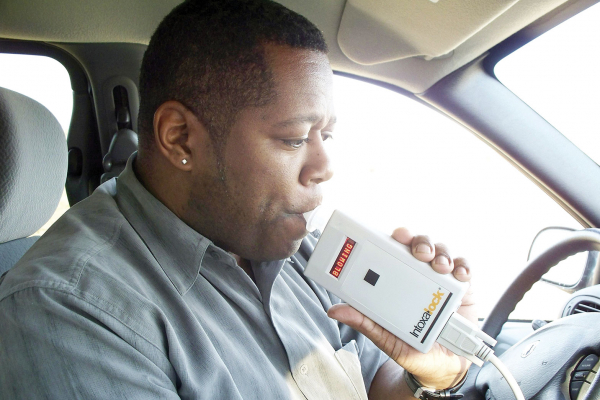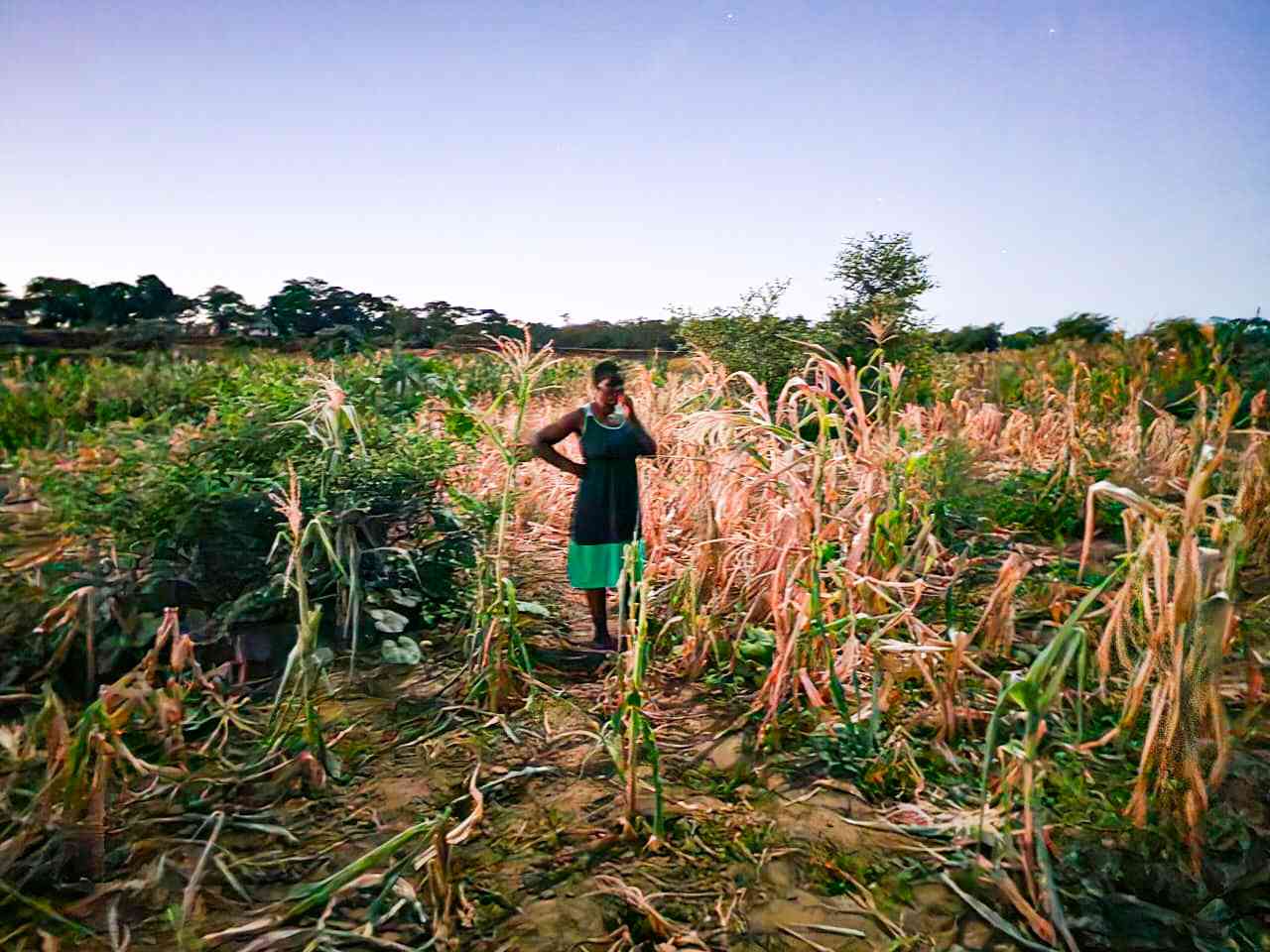
A commuter omnibus was lying on its roof just few metres away from the highway near Mushandirapamwe Shopping Centre in Marondera West. The kombi, with 24 passengers on board, had burst its rear tyre and veered off the road before overturning three times.
BY JAIROS SAUNYAMA
Villagers, passers-by and other motorists quickly gathered around the accident scene, with some snapping away and recording events with their mobile phone cameras. Only two men were phoning around for assistance and in a short while, an ambulance and police officers arrived at the scene.
They quickly got to work dealing with the messy detritus that accompanies a fatal road accident.
Zimbabwe has embraced the use of information and communication technology (ICTs), with the advent of technology proving useful in the event of an accident.
“Technology plays an important role in saving lives on the roads especially after an accident. Most deaths occur within an hour of a crash, and this can be worsened if no assistance is rendered in time. But because of technology, accident victims, especially the injured ones, will get assistance in time as people use mobile phones to call ambulances and police,” Traffic Safety Council of Zimbabwe (TSCZ) managing director, Obio Chinyere said.
Before the advent of technology, witnesses would employ odd means to get assistance, thereby, jeopardising lives of injured survivors, some of whom ended up dying as it would have taken too long for help to reach them.
People would take to the nearest police station on foot or another motorist would sacrifice his time and fuel to rush to the police station or take some victims to the hospital.
- Chamisa under fire over US$120K donation
- Mavhunga puts DeMbare into Chibuku quarterfinals
- Pension funds bet on Cabora Bassa oilfields
- Councils defy govt fire tender directive
Keep Reading
More, however, can still be done to harness the power of ICTs on the roads.
Instead of installing ICT gadgets on highways that monitor motorists who break the rules, Zimbabwe depends on traffic police officers who do their work manually.
Total Zimbabwe Sustainable Development manager, Godwin Musora, whose company is involved in road safety advocacy, said the country needs to adopt latest technologies to curb road accidents.
“We are seriously behind in embracing simple electronic detection methods like alcohol breathalysers, cameras and speed trappers. We can no longer rely on the presence of traffic police officers. We need technology that can work round the clock to guarantee detection and punishment of road offenders,” he said.
The emergence of advanced technology has presented the world with a wide range of opportunities to improve road safety.
Alcohol, speed, fatigue and lack of seatbelt usage play a significant role in road fatalities in Zimbabwe.
However, the adoption of advanced technological systems that would assist in collision avoidance, driver status and performance, speed control and automated enforcement could result in a reduction in road accidents.
According to the World Health Organisation (WHO), around 1,3 million people are killed each year on our roads, while a further 20-50 million are injured each year around the world.
United Kingdom-based ICT expert Dr Samuel Chindaro said with speeding being the main cause of road accidents in the country, the use of new technologies on highways will go a long way in reducing carnage.
“Inappropriate and excessive speeds are primary causal factors of road crashes in Zimbabwe. New technologies such as adaptive cruise control, intelligent speed adaptation and automated enforcement can prevent accidents and reduce the severity of crashes. The introduction, monitoring and enforcement of speed governors in heavy trucks and all public transport would go a long way in reducing fatalities due to speeding,” he said.
Chindaro noted that installation of speed feedback indicators alongside roads can also help in reminding drivers when they are exceeding the speed limits.
“Even though these do not intervene in the actual driving; they act as useful reminders and may help in changing driving behaviour,” he said.
An average five people die every day on the country’s roads with an estimated 2 000 people dying each year. Chindaro added that there is also need to introduce ICTs to control drink-driving in the country.
“Drunk driving is almost a social norm in Zimbabwe, but a very crucial element of road safety. Vehicles with an alcohol ignition interlock device [a breath alcohol analyser connected to the ignition of a vehicle] are available on the market, which cannot be started unless the driver passes the unit’s breath alcohol tests. This has been a major deterrent to drinking and driving; and is used widely around the world for heavy vehicle and public transport drivers. In some countries it is compulsory for one to carry their own Breathalyzer,” he said.
Other technologies to consider for implementation are red light evasion and railway level crossing monitoring, detection and enforcement. Typically, red light evasion detection systems consist of a single camera in front of the traffic signal, facing the direction of travel. The camera is activated by the car passing over inductive loops while the signal is red.
Collisions between animals and vehicles are an on going problem in Zimbabwe that is getting worse as traffic volumes and the number of unprotected farming areas increase. The next generation of technology uses infrared camera detection that detects large animals in a zone and initiates warning flashers on a sign.
TSCZ communications officer, Tatenda Chinoda, concurred that introduction of advanced ICTs in the country would go a long way in dealing with undisciplined drivers and gave an example of how the Proliner bus driver was nailed due to evidence on the tracking device system.
“In every dimension of our existence today and tomorrow, ICTs and the internet are inevitable. In the Proliner bus-haulage truck disaster, the driver of the truck first pleaded not guilty only to plead guilty after evidence from the tracking system revealed that he had attempted to overtake at that curve,” he said.
“To eradicate the problem of speeding, speed governors, inbuilt vehicle technologies which restrict speeding will be the panacea.”











